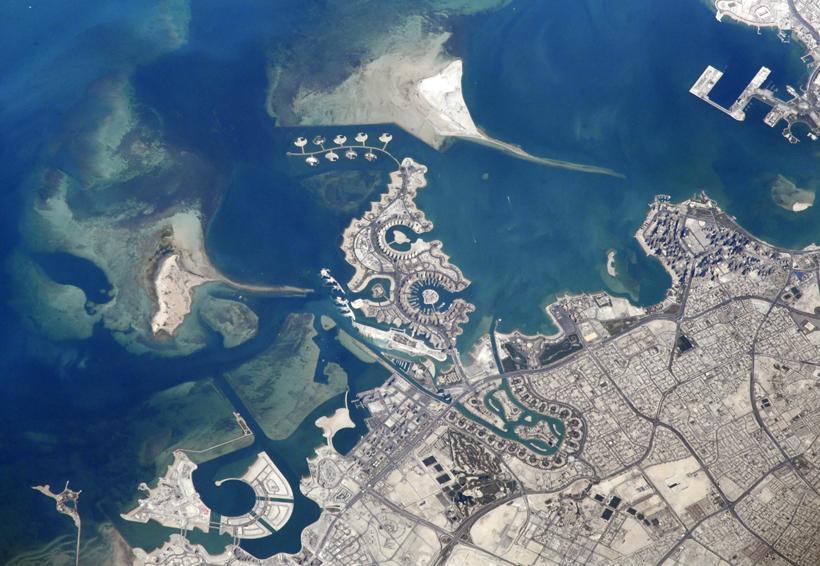
Geospatial Security Infrastructure for MOI Qatar
Challenge
The Ministry of Interior in Qatar required an intricate and extensive system that combines and disseminates all its data and knowledge in an intelligent, easy to understand and efficient manner between its various departments and could be used to effectively enforce public security and achieve tight control, allowing for effective emergency response planning, and accordingly efficient emergency management.
Solution
The Ministry of Interior in Qatar required an intricate and extensive system that combines and disseminates all its data and knowledge in an intelligent, easy to understand and efficient manner between its various departments and could be used to effectively enforce public security and achieve tight control, allowing for effective emergency response planning, and accordingly efficient emergency management.
The Geospatial Security Infrastructure provides the Qatari MOI with an effective solution that caters to the needs of all the departments within the ministry. The solution is built upon the latest state-of-the-art GIS technology, utilizing the common component in all the disparate pieces of data, the geospatial component, to better serve the ministry and society.
The solution is built on industry standards based upon Service Oriented Architecture (SOA) as a means to overcome issues concerned with data isolation and the lack of integration among various MOI entities. It aims to provide Qatar's Ministry of Interior (Q-MOI) with a state of the art GIS system to ensure the safety and security of the nation. The solution integrates all the different Q-MOI departments’ local databases, workflows, and AVL locations, as well as all existing and potential future systems on a single platform providing a comprehensive common operational picture displayed over a map.
Key Benefits
- Providing a common Geospatial Infrastructure that integrates between the different MOI departments’ local databases, workflows, AVL locations, all existing and potential future systems in a single platform.
- Providing a comprehensive Common Operational Picture as a single display of relevant information shared by different departments to facilitate collaborative planning, achieving situational awareness.
- Providing a scalable state of the art solution that enables system extendibility according to users' continuous growing needs.
- Providing an open architecture that can flexibly be integrated with any legacy or future systems.

